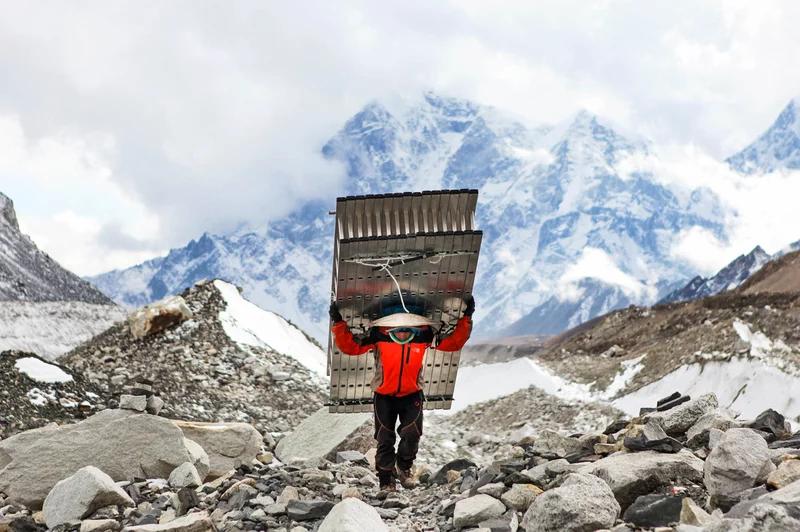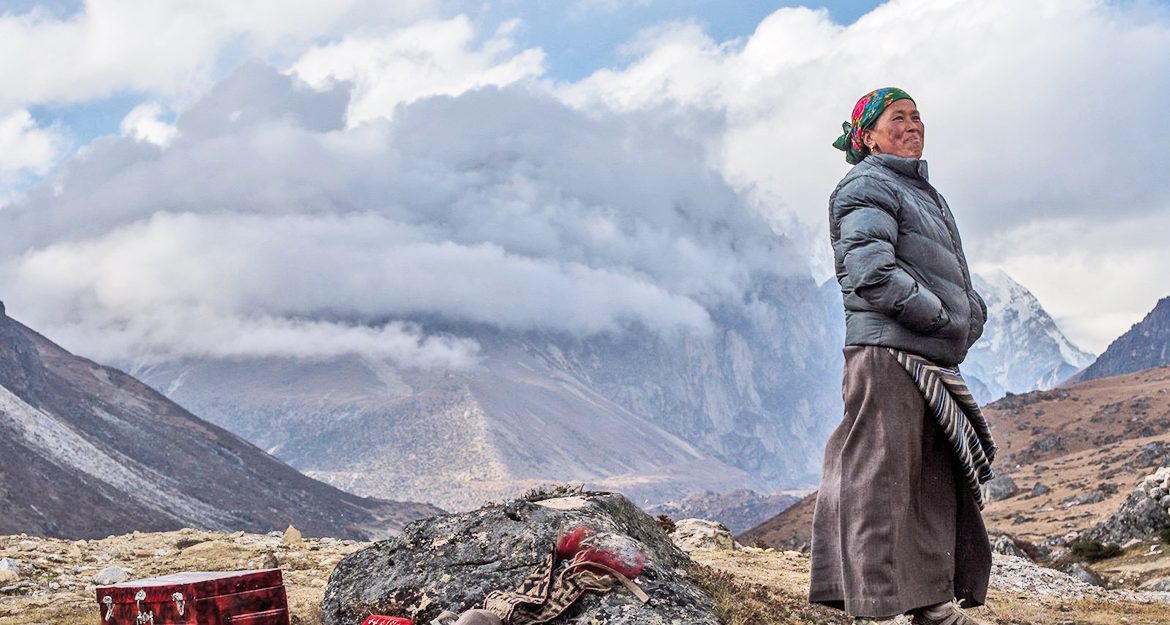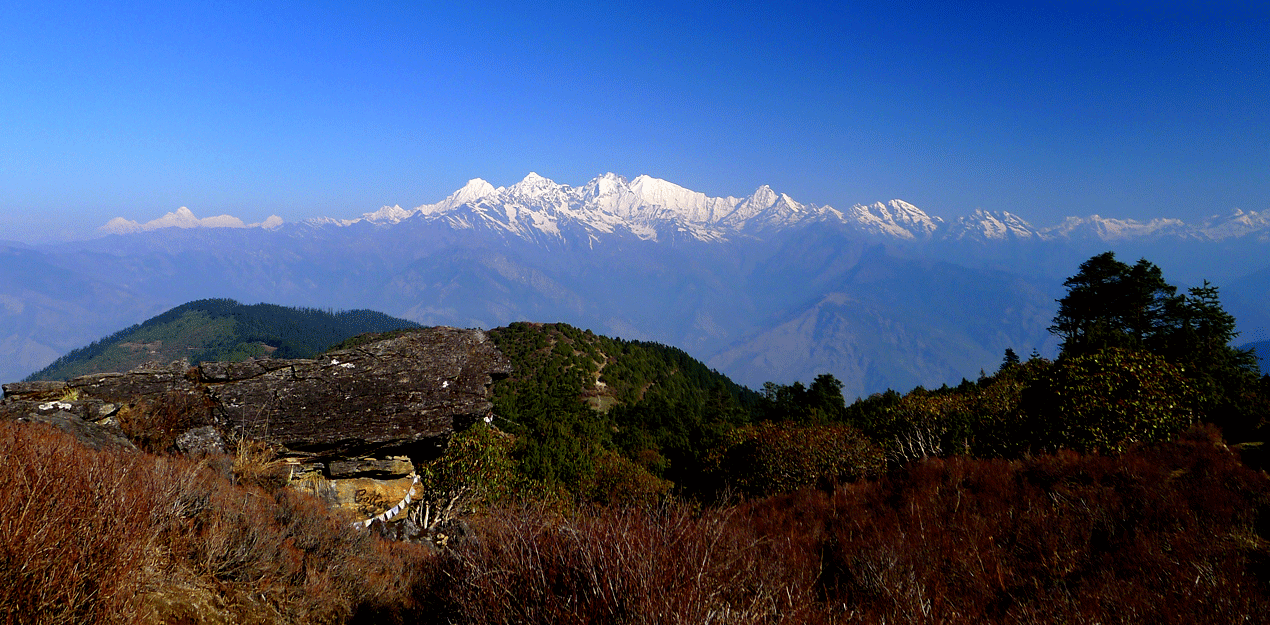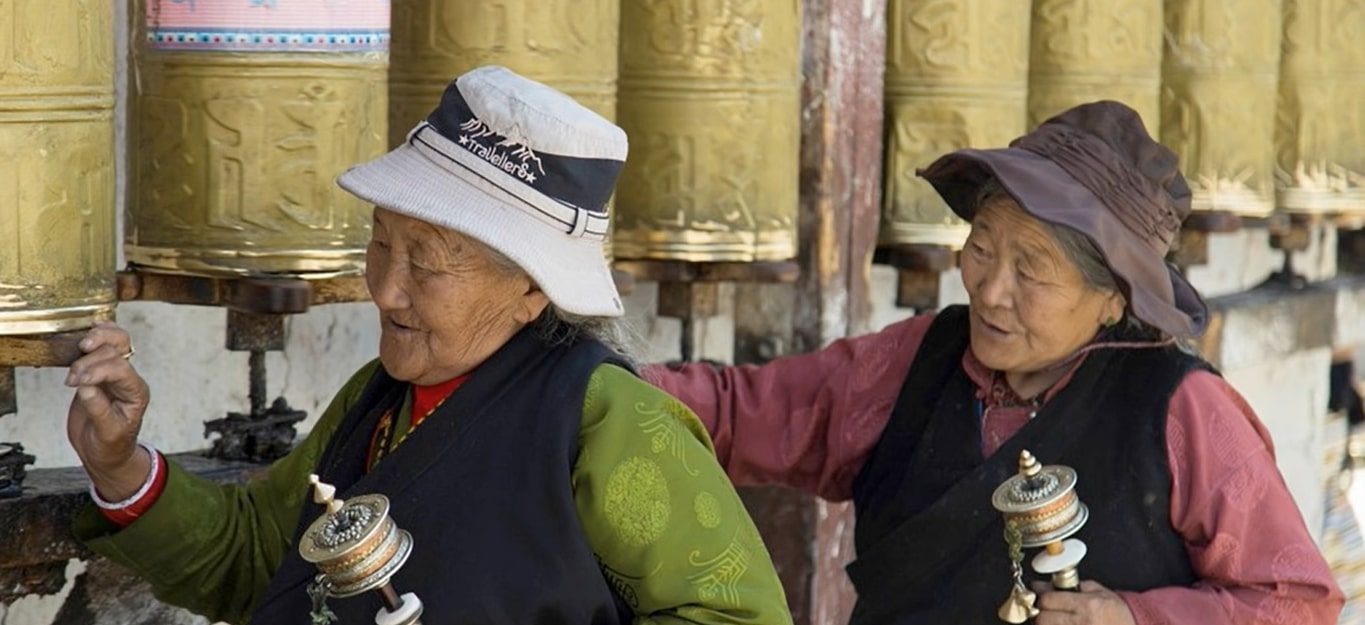
Who are the Sherpa Peoples?- Nepal’s High Altitude Heroes
The Sherpa peoples are a unique ethnic group hailing from the eastern part of Nepal, in the Solukhumbu district. It borders Eastern Tibet. They are very popular for their mountaineering skills and are an integral part of most mountain climbing expeditions to the Himalayas, particularly to the summit of Mount Everest.
Sherpas are one of the smallest ethnic groups in Nepal, with an estimated population of around 150,000 people. They are believed to have migrated from eastern Tibet to Nepal several centuries ago. And they have since established themselves in the high-altitude regions of the Himalayas. They have developed their unique culture, language, and way of life.
Living in the High Altitudes

Sherpas are popular for their resilience and ability to adapt to life in the high altitudes of the Himalayas. Likewise here, the air is thin and oxygen levels are low. They have a unique genetic makeup that allows them to breathe easier in such conditions. This makes them perfect for mountain climbing and high-altitude trekking.
The Sherpa Community
The Sherpa community is tightly knit, with a strong emphasis on family and community. They have a rich cultural heritage that is steeped in tradition and spirituality. They have preserved many of their traditional customs and practices, despite the influence of modernization and globalization.

The Sherpa people are predominantly Buddhist, and their religion plays an important role in their daily lives. They have built many monasteries and temples throughout the Himalayas, which serve as centers of learning, meditation, and spirituality. Sherpas also have a strong connection to the natural world and believe in the sacredness of the mountains and the earth.
Mountaineering Expeditions
Sherpas have been an integral part of mountaineering expeditions to the Himalayas since the early 20th century. Similarly, their knowledge of the mountains, their physical strength, and their ability to adapt to high altitudes make them ideal guides and porters for mountain climbers.
One of the most famous Sherpas in mountaineering history is Tenzing Norgay, who along with Sir Edmund Hillary, became the first person to reach the summit of Mount Everest in 1953. Tenzing Norgay’s success on the mountain paved the way for many others to become Sherpa guides and porters for mountaineering expeditions, and to establish themselves as experts in the field.
Today, Sherpas are an indispensable part of any mountaineering expedition to the Himalayas. They provide essential support services such as setting up base camps, fixing ropes, and carrying heavy loads. They have a deep understanding of the mountains and the risks associated with climbing at high altitudes. This makes them invaluable members of any climbing team.
The Helambu Region North of Kathmandu
Solu Khumbu district is the most famous region for Sherpas. There are other areas of Nepal where the Sherpa people have established themselves. One such region is the Helambu region. It lies north of Kathmandu.

The Helambu region is a popular destination for trekking and is known for its scenic beauty and cultural heritage. The area is home to several Sherpa villages. This is where visitors can witness their traditional way of life and interact with the locals. The region is also famous for its apple orchards and is a great place to enjoy fresh apples and apple products such as cider and brandy.
The Traditional Sherpa Peoples
The traditional Sherpa way of life is centered around agriculture and animal husbandry. Their main crops are potatoes, wheat, and barley. They also raise yaks and cows for meat, milk, and transportation. The Sherpas have a reputation for being excellent traders and merchants and have established trade routes throughout the Himalayas.

The Sherpas also has a rich artistic and cultural tradition, with their music, dance, and festivals reflecting their deep connection to the natural world and their Buddhist faith. Moreover, Sherpa music is often accompanied by the dramyin, a traditional stringed instrument. Similarly, their dances are colorful and energetic, often depicting the mountains and the natural world.
The Sherpa community also has a unique culinary tradition. This includes dishes such as thukpa (a noodle soup), momo (steamed dumplings), and dal bhat (a lentil and rice dish) being staples of their diet. Sherpa cuisine is hearty and filling, reflecting the need for sustenance in the high-altitude regions where they live.
The Future of the Sherpa Community
The Sherpa community faces many challenges in the modern world. The pressures of globalization and environmental degradation are threatening their way of life and cultural heritage. However, the Sherpa people have shown resilience and adaptability. Their continued involvement in the mountaineering industry has brought them international recognition and economic opportunities.
In recent years, the Sherpas have also become advocates for environmental conservation. They recognize the importance of preserving the natural world that is so integral to their culture and way of life. They have been involved in efforts to clean up the mountains and promote sustainable tourism. Similarly, they ensure that future generations can continue to enjoy the beauty and majesty of the Himalayas.
Did you know?
- 2015 saw the debut of the Jennifer Peedom documentary Sherpa on Netflix. It received many accolades and favorable reviews.
- Sherpa peoples utilize oxygen exceptionally The documentary gave an intimate look into the lives of the Sherpas, highlighting their strength and courage.
- It showed how they were able to excel in the high altitudes of the Himalayas, where oxygen levels are significantly lower than at sea level.
- This is due to the fact that Sherpas have adapted to living and working in such extreme conditions. They have developed a unique set of skills and physical capabilities that enable them to endure the harsh environment of the Himalayas. well because of the unique biological characteristics in their mitochondria.
- This enables them to ascend steep slopes without trouble.
- The first humans to reach the peak of Mount Everest were Sherpa, who also holds the record for the most summits and the quickest ascent.
- Even without the use of additional oxygen, Sherpa scaled Mount Everest.
FAQs
What is the origin of the Sherpa people?
The Sherpa peoples are an ethnic group that originated in the Helambu region north of Kathmandu in Nepal. They are believed to be descendants of people who migrated from eastern Tibet over 500 years ago.
How did the Sherpas become so well-known for their mountaineering skills?
The Sherpas became involved in mountaineering when the British began exploring the Himalayas in the 19th century. They quickly gained a reputation for their strength, endurance, and ability to navigate the treacherous mountain terrain. Today, Sherpas are an integral part of many mountaineering expeditions, serving as guides, porters, and support staff.
What is daily life like for members of the Sherpa community?
Daily life for Sherpas is centered around the mountains and their Buddhist faith. Many Sherpas live in high-altitude regions, where they farm and raise livestock. Others work in the mountaineering industry or other tourism-related jobs. Sherpa culture places a strong emphasis on family and community, and traditional customs and celebrations are still an important part of daily life.
What are some traditional customs and celebrations of the Sherpa people?
Sherpa culture is rich in traditions, including music, dance, and festivals. The Sherpas celebrate Losar, the Tibetan New Year, with colorful dances and feasts. Other important festivals include Dumje. This is to honor the patron saint of the Sherpa peoples, and Mani Rimdu, a Buddhist festival celebrated in the autumn.
What are the biggest challenges facing the Sherpa community today?
The number of Sherpas faces a lot of challenges in the modern world. This includes environmental degradation, economic inequality, and cultural erosion. Additionally, the dangers of mountaineering and the increasing commercialization of the industry have put many Sherpa’s lives at risk.
However, the Sherpa people have shown resilience and adaptability in the face of these challenges. They continue to play an important role in both the mountaineering industry and the cultural heritage of the Himalayan region.
Conclusion
The Sherpa peoples are a unique and fascinating ethnic group. They are popular for their mountaineering skills, cultural heritage, and resilience in the face of adversity. Their contributions to the world of mountain climbing and their role in preserving the natural world are testaments to their ingenuity, strength, and deep connection to the mountains and the earth.
As we continue to explore the beauty and wonder of the Himalayas, we should remember and honor the Sherpa people. They have made so much of our exploration possible.
In conclusion, the Sherpa peoples are a truly remarkable group, with a rich cultural heritage and an important role in the world of mountaineering. They have shown incredible resilience and adaptability in the face of modern challenges. Also maintaining their connection to their traditional way of life and the natural world around them.
Their contributions to the exploration and preservation of the Himalayas are immeasurable. Their influence on the global mountaineering community will continue to be felt for generations to come. Thus, we should celebrate and honor the Sherpa people for their unique talents and cultural traditions, and work to ensure that their legacy is preserved and protected for future generations.
Inquiry
If you want to know anything regarding the trip or any other issue, please feel free to ask us
